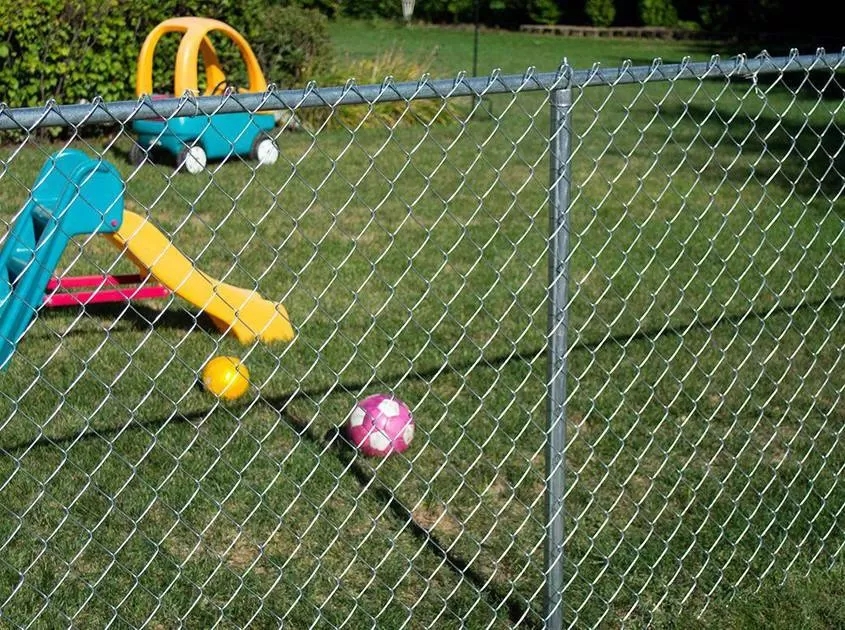
- Mobile Phone
- +8613931874955
- sales@cntcmetal.com
Steel Tension Springs for Enhanced Performance and Durability in Various Applications
Understanding Steel Extension Springs
Steel extension springs are essential components used in a wide range of mechanical applications. Their primary function is to store and release energy, providing a force that can be utilized in various systems. This article delves into the characteristics, applications, and advantages of steel extension springs, offering insights into their significance in engineering and everyday life.
What are Steel Extension Springs?
Steel extension springs are coiled springs made from high carbon steel or stainless steel. They are designed to operate under tension, meaning they can stretch when a force is applied to their ends. When the force is removed, the spring returns to its original shape, demonstrating its elasticity. This characteristic makes extension springs particularly useful in applications where energy storage and release are required.
Characteristics of Steel Extension Springs
1. Material Composition Most extension springs are crafted from high carbon steel for durability and strength. Some are made from stainless steel to resist corrosion in harsh environments, ensuring longevity and reliability.
2. Design Variability Extension springs come in various sizes, lengths, and coil diameters. The design can be tailored to meet specific force and deflection requirements, making them versatile for different uses.
3. End Loops These springs typically feature loops or hooks at each end, which allow for easy attachment to other components. The loop design can significantly impact the spring’s performance, including its load capacity and range of motion.
4. Load Capacity The force exerted by an extension spring is determined by its spring constant, which is influenced by factors such as wire diameter, coil diameter, and the number of coils. Understanding these parameters is crucial for selecting the appropriate spring for a given application.
Applications of Steel Extension Springs
Steel extension springs are widely used across various industries due to their unique properties. Some common applications include
1. Automotive In vehicles, extension springs are often used in suspension systems and seat mechanisms, providing stability and comfort.
steel extension spring

2. Aerospace These springs play a vital role in aircraft systems, including landing gear and control surfaces, where precise tension is necessary for safety and performance.
4. Industrial Machinery Many machines use extension springs to operate moving parts, providing the necessary force to return components to their original position after movement.
5. Consumer Products Everyday items like toys, lawnmowers, and kitchen appliances often incorporate extension springs, demonstrating their ubiquitous nature.
Advantages of Steel Extension Springs
- Energy Efficiency Extension springs effectively store energy and return it, making them a reliable choice for energy transfer in mechanical systems.
- Customization Manufacturers often offer customized solutions, allowing engineers to design springs tailored to specific load and movement requirements.
- Durability Made from high-quality steel, these springs can withstand significant stress and wear, leading to a longer lifespan and reduced maintenance needs.
- Cost-Effectiveness Given their durability and functionality, steel extension springs present a cost-effective solution for various industrial applications.
Conclusion
Steel extension springs are critical components in numerous mechanical systems, providing reliable energy storage and force transmission. Their versatility, durability, and efficiency make them invaluable across various industries, from automotive to consumer goods. Understanding their characteristics and applications can help engineers and designers choose the appropriate spring for their specific needs, ensuring optimal performance and longevity of their products. As technology evolves, the importance of these seemingly simple components continues to grow, underlining their role in the advancement of modern machinery and devices.
share:
-
Your Source for Concrete Wall Ties and Masonry AccessoriesNewsJul.10,2025
-
Unlocking the Power of Iron Wire for Every ProjectNewsJul.10,2025
-
Explore Advanced Chain Wire and Stainless Steel Mesh FencingNewsJul.10,2025
-
Discover the Benefits of Annealed Wire ProductsNewsJul.10,2025
-
Discover China Stainless Steel Wire Mesh SolutionsNewsJul.10,2025
-
Build with Confidence Using High-Performance Masonry AccessoriesNewsJul.10,2025
-
Why Sacrificial Formwork Is Redefining Underground ConstructionNewsJun.06,2025



















